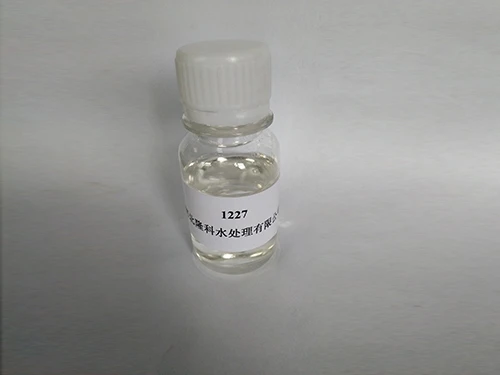poly aluminum chloride pac
Poly Aluminum Chloride (PAC) A Comprehensive Overview
Poly Aluminum Chloride (PAC) is an inorganic polymer, primarily used as a coagulant in various water treatment processes. Its effectiveness, versatility, and efficiency have made it a popular choice for industries requiring water purification, including municipal water treatment plants, wastewater treatment facilities, and even in certain food processing applications. This article will delve into the properties, benefits, applications, and considerations associated with PAC.
Properties of Poly Aluminum Chloride
PAC is a white powder or yellowish solid that is soluble in water, forming a clear, slightly viscous solution. The compound is a type of aluminum salt, which consists of aluminum hydroxide and chloride. It exhibits a varying degree of polymerization, leading to differing molecular weights depending on the specific formulation. This variability in structure contributes to its favorable coagulation properties.
The pH range for PAC is typically between 3.5 and 6.5, making it effective across a multitude of water conditions. Beyond its neutral pH, PAC is known for its high positive charge density, which allows it to interact effectively with negatively charged particles such as organic matter, suspended solids, and colloids in water.
Benefits of Using PAC
1. Effective Coagulation and Flocculation PAC is noted for its superior coagulation performance compared to traditional coagulants like aluminum sulfate. It offers quicker settling times for flocs and improves overall clarity of the treated water.
2. Versatility PAC can be used in a variety of applications, from drinking water treatment to paper manufacturing, sewage treatment, and even in the textile and pharmaceutical industries. Its adaptable nature allows it to function effectively under different conditions and processes.
3. Reduced Chemical Dosage Due to its enhanced efficacy, PAC usually requires lower dosages compared to conventional coagulants. This reduces the additional consumption of chemicals in water treatment processes and leads to cost savings.
4. Lowering of Residuals PAC tends to leave behind fewer residuals in treated water, which is beneficial for downstream processes like filtration and disinfection. This characteristic is particularly important in the production of potable water where quality standards are paramount.
poly aluminum chloride pac

Applications of PAC
- Municipal Water Treatment In public water supply systems, PAC is extensively used to remove turbidity and color, ensuring that the water meets required health standards. It effectively eliminates contaminants that can pose risks to public health.
- Wastewater Treatment PAC plays a crucial role in treating industrial and municipal wastewater. It assists in the removal of pollutants and heavy metals, allowing for environmental regulations to be met.
- Paper Industry In the paper manufacturing process, PAC is utilized as a sizing agent, enhancing the quality of the paper while also contributing to improved drainage during production.
- Food and Beverage Industry Certain formulations of PAC are also used in the treatment of water used in food processing and preparation, ensuring that it is safe and free from impurities.
Considerations and Challenges
While PAC presents numerous advantages, there are some considerations to keep in mind. The specific formulation and concentration of PAC must be tailored to the treatment conditions to achieve optimal performance. Additionally, the disposal of residuals and the potential for aluminum accumulation in the environment is an ongoing area of study, ensuring that the long-term implications of PAC use are fully understood.
Furthermore, although PAC is generally regarded as safe when used according to industry standards, it is crucial for operators to manage chemical handling carefully and adhere to appropriate safety protocols to mitigate any risks associated with exposure.
Conclusion
In summary, Poly Aluminum Chloride stands out as a vital component in water treatment technologies, providing significant benefits in efficiency, effectiveness, and versatility. As industries continue to prioritize sustainability and quality in their operations, PAC is likely to remain a key player in addressing water quality challenges across a range of applications. Continuous research and development will ensure that PAC remains at the forefront of water treatment solutions in the years to come.
-
Water Treatment with Flocculant Water TreatmentNewsJun.12,2025
-
Polymaleic AnhydrideNewsJun.12,2025
-
Polyaspartic AcidNewsJun.12,2025
-
Enhance Industrial Processes with IsothiazolinonesNewsJun.12,2025
-
Enhance Industrial Processes with PBTCA SolutionsNewsJun.12,2025
-
Dodecyldimethylbenzylammonium Chloride SolutionsNewsJun.12,2025





